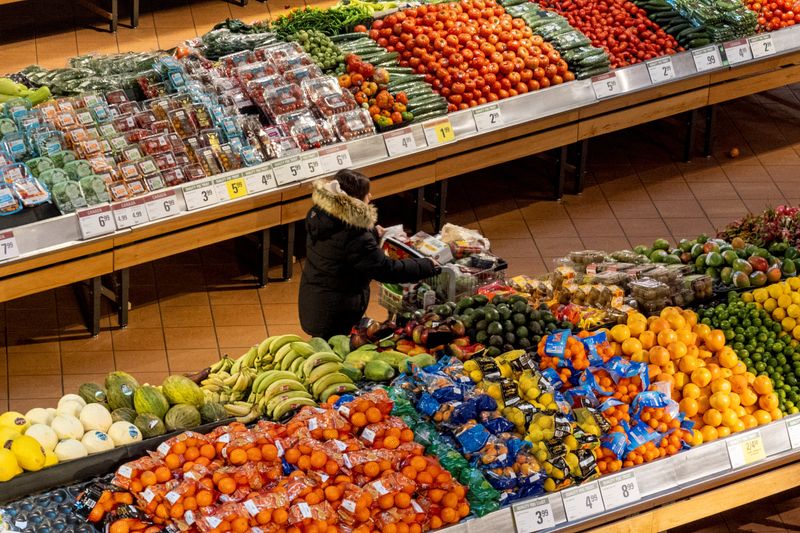By Ismail Shakil
OTTAWA (Reuters) -Canada's annual inflation rate slowed more than expected to 1.6% in September, mainly on cheaper gasoline, but indicators of underlying price pressures held steady, data showed on Tuesday.
Analysts polled by Reuters had forecast the inflation rate would cool to 1.8% from 2.0% in August. Month-over-month, the consumer price index decreased 0.4%, compared with a forecast of 0.2% decline.
In the last major economic report to be released ahead of the Bank of Canada's interest rate announcement on Oct. 23, Statistics Canada data showed the slowdown in headline inflation was mainly driven by a 10.7% drop in gasoline prices.
This was the fastest drop in gas prices since July 2023 and resulted from lower crude oil prices amid increasing concerns over weaker economic growth, as well as lower costs associated with switching to winter blends, the statistics agency said.
The weakening of energy prices over the past two months has led to headline inflation slowing down to the BoC's 2% target faster than the central bank projected. Coupled with weak third-quarter economic growth expectations, it has triggered the possibility of a larger-than-usual 50 basis-point rate cut.
The bank has trimmed its policy rate by 25 bp at each of its last three policy-setting meetings, and money markets see an almost 68% chance of an oversized 50 basis point rate cut next week.
The Canadian dollar weakened to a 10-week low after the inflation data was released to 1.3833 to the U.S. dollar, or 72.29 U.S. cents.
Excluding gasoline prices, however, the inflation rate remained at 2.2% in September.
The central bank's preferred measures of core inflation, CPI-median and CPI-trim, were also unchanged. CPI-median - or the value at the middle of the set of price changes in a month - stayed at 2.3%, and CPI-trim - which excludes the most extreme price changes - remained at 2.4%.
In September, seasonally typical easing of transportation prices also dragged down headline inflation, Statscan said.

Shelter price inflation, which the central bank has flagged as one of the areas the bank wants to see more cooling, came in at 5.0% compared with 5.3% in August.
Goods prices fell 1.0% annually in September, while services prices were up 4.0%.